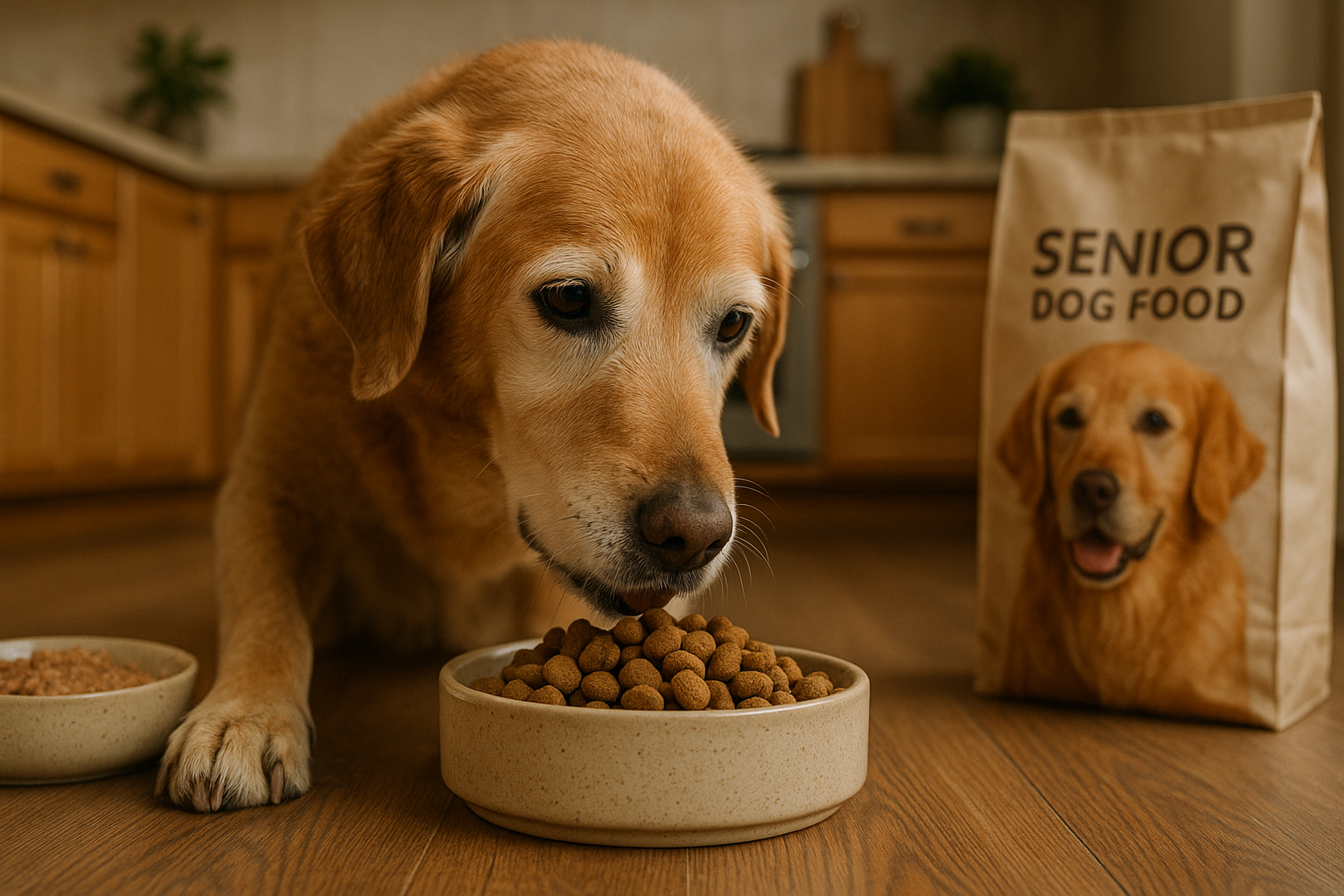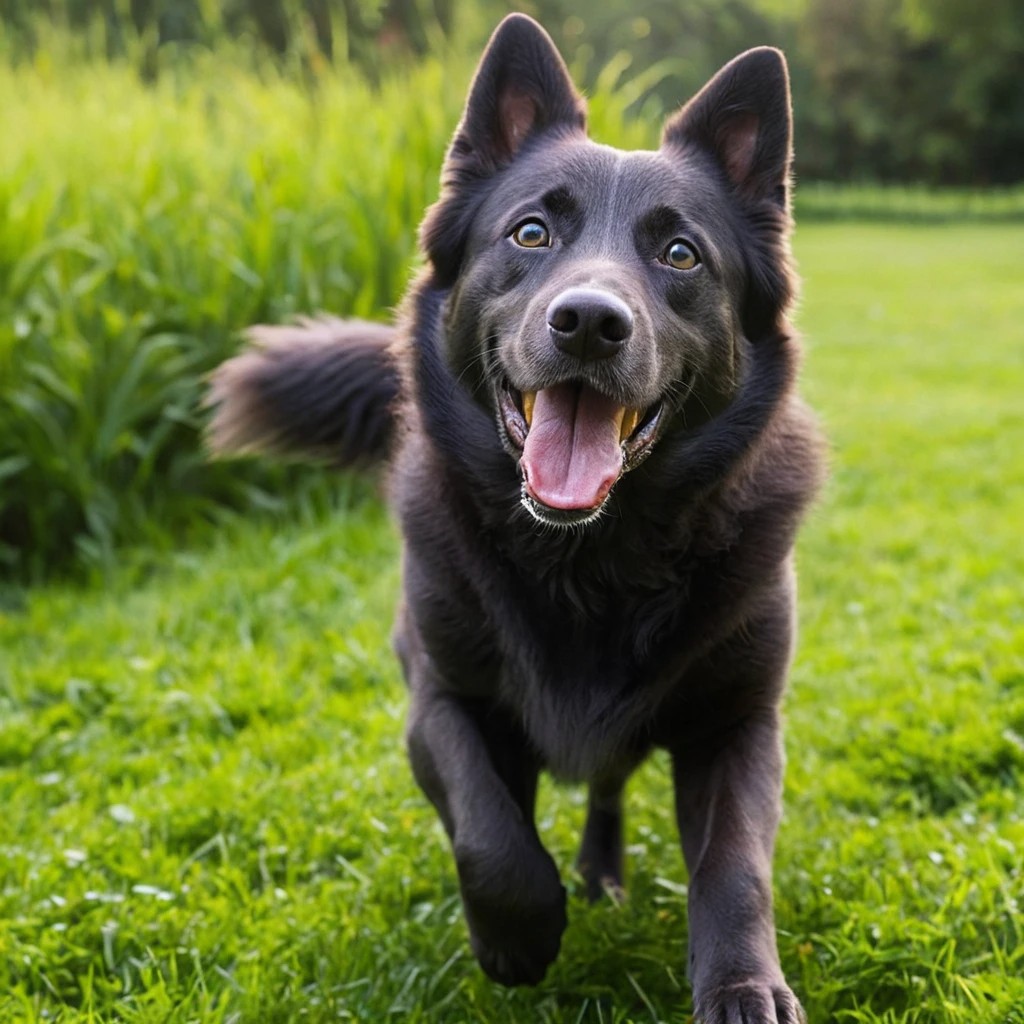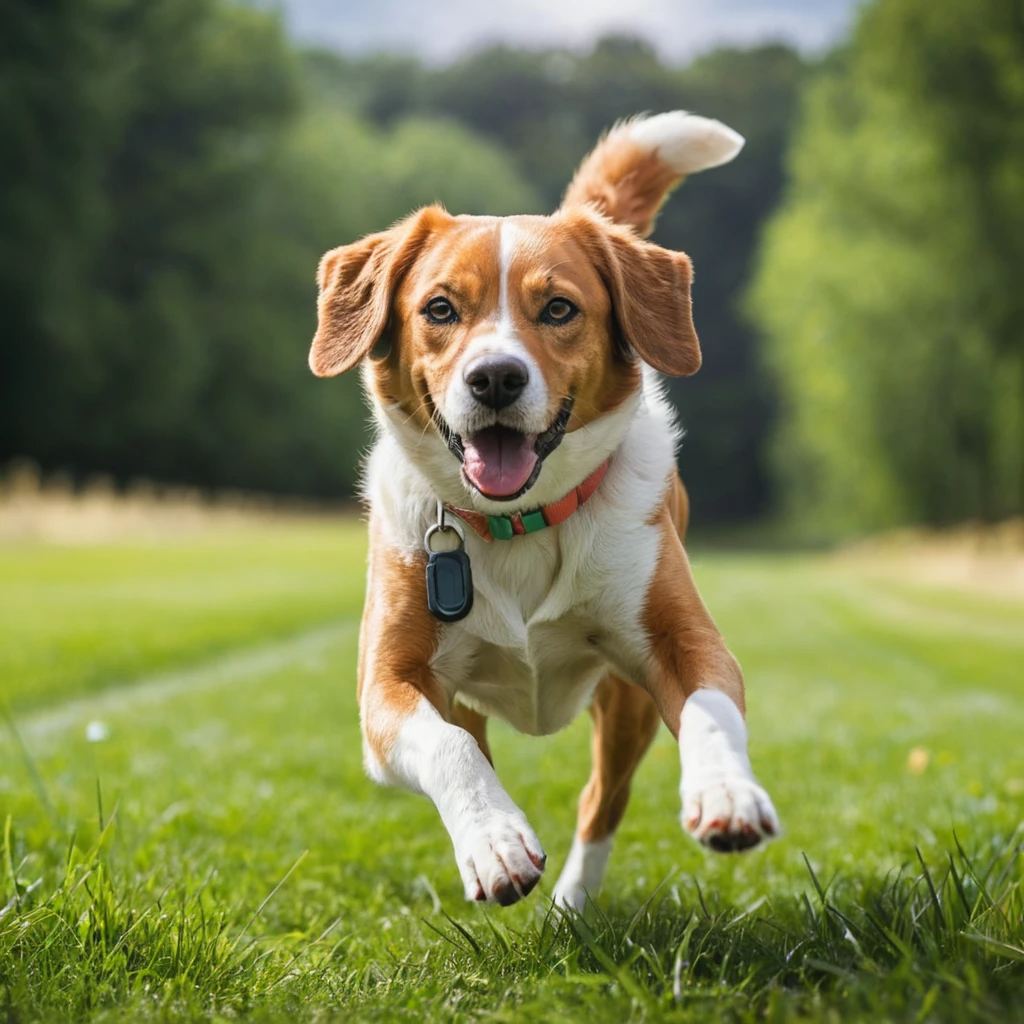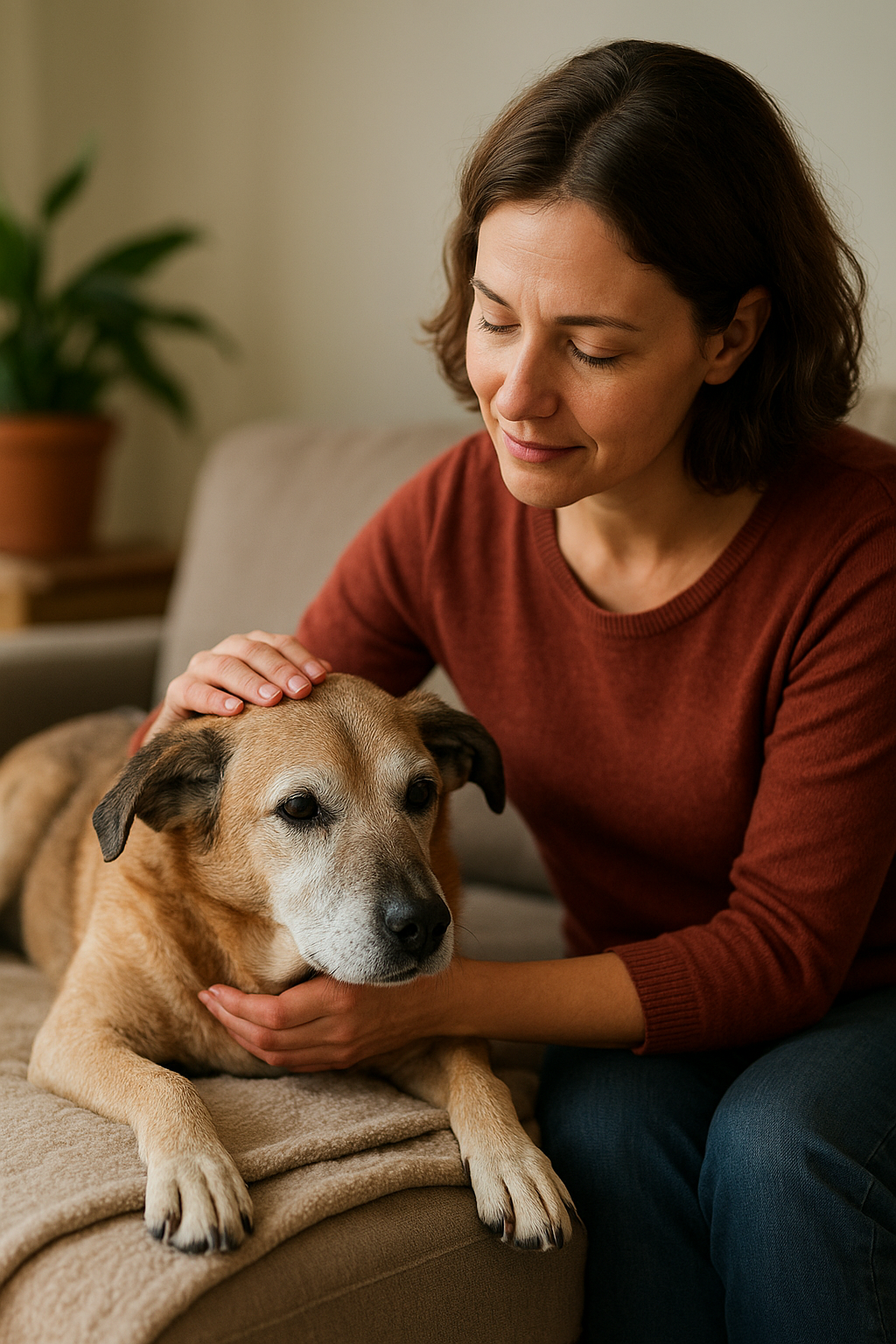Introdução:
À medida que os cães envelhecem, suas necessidades nutricionais sofrem mudanças significativas. Assim como os humanos, cães idosos enfrentam:
- Metabolismo mais lento
- Problemas articulares
- Sistema imunológico fragilizado
- Possível declínio cognitivo
Alimentar seu cão sênior adequadamente vai muito além de controlar porções – é uma forma essencial de melhorar sua qualidade de vida.
Por que a nutrição é crucial para cães idosos?
Quando seu cão atinge a idade sênior (por volta dos 7 anos para raças grandes e 10 anos para raças pequenas), ocorrem mudanças importantes:
| Mudança Fisiológica | Impacto |
| Metabolismo mais lento | Queima menos calorias |
| Perda de massa muscular | Aumento da fragilidade |
| Desgaste articular | Risco de artrite |
| Imunidade reduzida | Maior suscetibilidade a doenças |
| Declínio cognitivo | Possíveis problemas de memória |
Sinais de que a dieta precisa ser ajustada:
- Alterações de peso sem motivo aparente
- Perda de interesse por comida
- Dificuldade para mastigar
- Pelagem opaca
- Redução de energia
- Problemas digestivos
Nutrientes essenciais para cães idosos:
- Proteínas de alta qualidade
- Fontes: frango, peru, peixe
- Evitar dietas com baixa proteína (exceto sob orientação veterinária)
- Redução calórica
- Necessidade menor devido à redução de atividade física
- Suporte articular
- Glucosamina e condroitina
- Ômega-3
- Fibras para digestão
- Fontes: abóbora, arroz integral
- Probióticos são benéficos
- Antioxidantes
- Vitamina E, C e selênio
- Ajudam na função cognitiva
- Gorduras saudáveis
- Ômega-3 (óleo de peixe)
- Evitar gorduras saturadas
Tipos de Alimentação:
| Tipo | Vantagens | Desvantagens |
| Ração Seca | Econômica, ajuda nos dentes | Pode ser difícil de mastigar |
| Ração Úmida | Fácil mastigação, hidrata | Mais cara, pode formar tártaro |
Dietas caseiras vs. comerciais:
- Rações comerciais sênior: Devem conter selo AAFCO e carne como primeiro ingrediente
- Dietas caseiras: Exigem orientação veterinária para balanceamento adequado
Cronograma alimentar ideal:
- 3 refeições pequenas ao dia
- Horários consistentes
- Evitar alimentação logo antes de dormir
Dicas para cães exigentes:
- Aquecer levemente a comida
- Adicionar caldo sem sal
- Usar toppings como frango desfiado
- Verificar saúde bucal
Alimentos a evitar:
- Conservantes artificiais
- Corantes
- Subprodutos de baixa qualidade
- Alimentos tóxicos (uvas, chocolate, cebola)
Suplementos úteis (com orientação veterinária):
- Para articulações
- Para pele e cognição
- Probióticos
- Óleo de coco
Transição para nova alimentação:
Fazer gradualmente ao longo de 7-10 dias, misturando progressivamente o novo alimento com o antigo.
Monitoramento:
- Pesar regularmente
- Observar mudanças de energia
- Acompanhar qualidade das fezes
- Manter registro alimentar
Considerações finais:
Alimentar um cão idoso é um ato de amor que impacta diretamente seu bem-estar e longevidade. Mantenha-se atento às necessidades do seu companheiro, faça acompanhamento veterinário regular e priorize sempre a qualidade nutricional.













